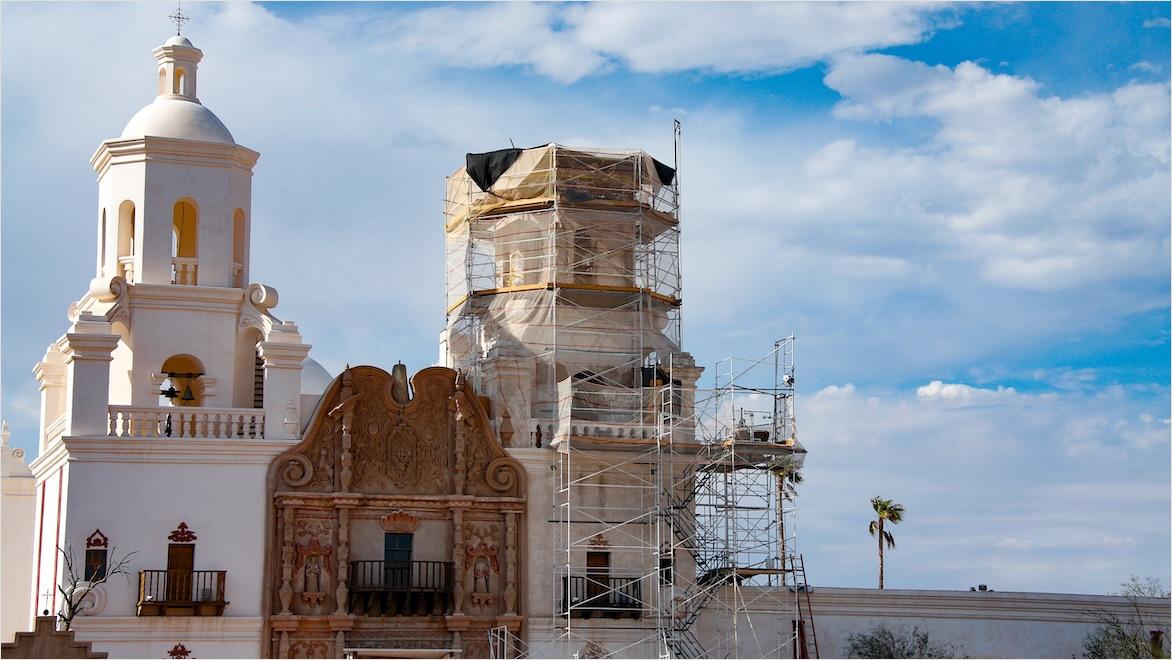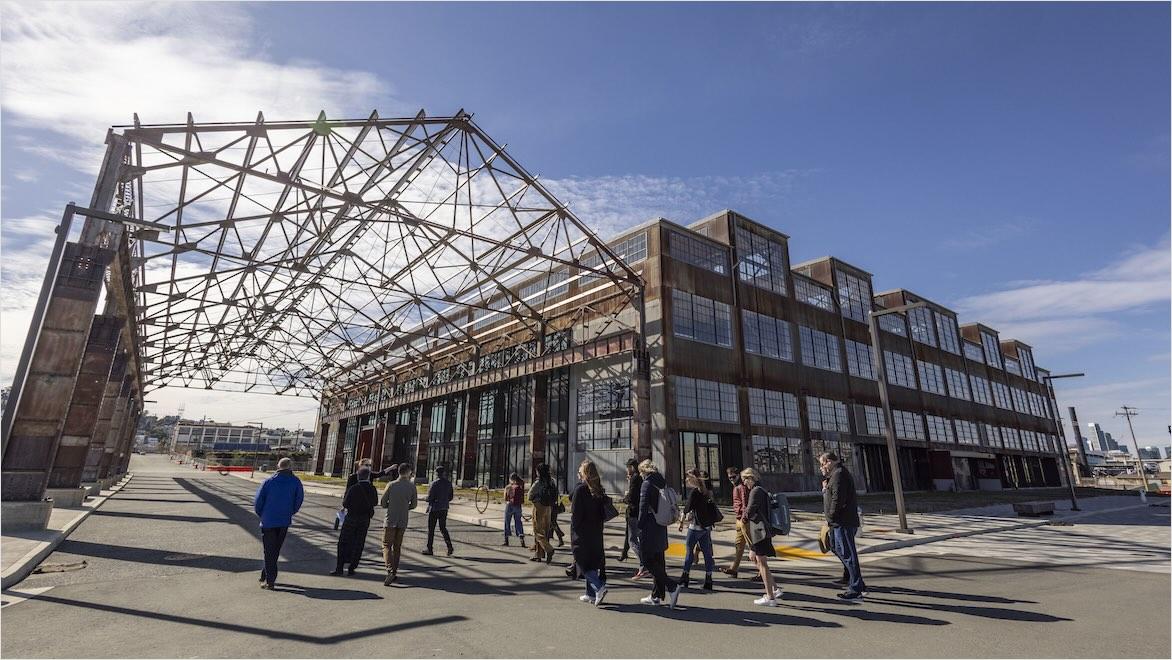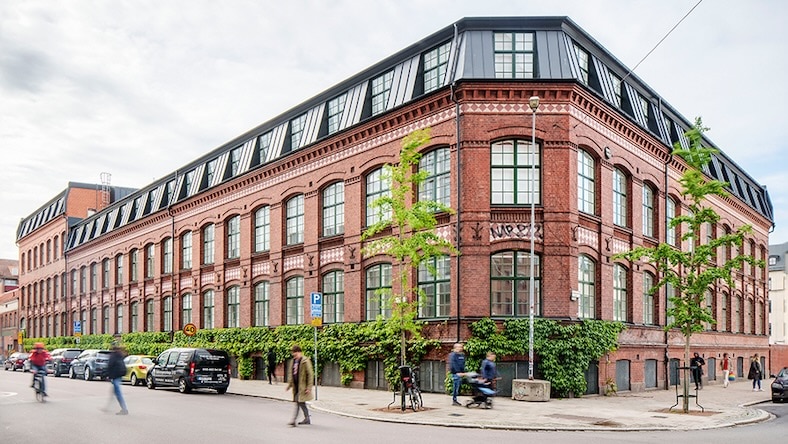& Construction

Integrated BIM tools, including Revit, AutoCAD, and Civil 3D
& Manufacturing

Professional CAD/CAM tools built on Inventor and AutoCAD
Architectural preservation is the practice of protecting, maintaining, and adapting historic buildings and structures to retain their cultural, historical, and aesthetic significance.
It ensures that structures retain their original character while remaining functional, using approaches such as conservation, restoration, and adaptive reuse. By maintaining architectural heritage, preservation supports cultural identity, promotes sustainability.
Historic preservation, including historic building restoration, safeguards architectural heritage and cultural identity, ensuring that future generations can experience and learn from the past. Historic buildings tell stories of artistic, social, and technological advancements, fostering community pride and continuity. Without preservation efforts, these irreplaceable structures risk deterioration or loss, erasing vital pieces of history.
Beyond aesthetics, preservation maintains the physical and cultural significance of historic buildings. These structures showcase craftsmanship and materials that are no longer widely used, making them valuable links to heritage. By restoring and adapting historic buildings while retaining their integrity, communities preserve their unique character and deepen their connection to the past.
Preservation also promotes sustainability and economic growth. Restoring existing buildings reduces construction waste, conserves resources, and minimizes environmental impact. Adaptive reuse keeps historic spaces functional while revitalizing neighborhoods, attracting tourism, and supporting local economies. Integrating preservation with sustainable development ensures that historic buildings continue to enrich communities for generations.
Architectural preservation and conservation ensure historic buildings retain their original character and structural integrity. Thoughtful conservation and adaptive reuse ensure that historic buildings continue to enrich cities for generations to come.
Preservation efforts focus on using materials that closely match the original design, maintaining authenticity while preventing deterioration. Whether restoring woodwork, masonry, or facades, these practices help safeguard architectural heritage for future generations.
Conservation involves restoring and maintaining historic buildings by stabilizing materials, repairing damage, and preventing further decay. Techniques like repointing brickwork and preserving decorative elements ensure these structures remain functional and visually impactful. By prioritizing careful restoration, conservation efforts protect the aesthetic and historical value of buildings.
Adaptive reuse breathes new life into old structures by renovating them for modern purposes. Factories become offices, warehouses transform into cultural hubs, and historic homes turn into boutique hotels. This approach preserves architectural history while promoting sustainability by reducing waste and conserving resources.
Historic preservation prioritizes maintaining and reusing a building’s original materials and features instead of replacing them. By focusing on historic building restoration rather than demolition, preservation minimizes environmental impact and keeps communities connected to their architectural heritage.
Plan, design, construct, and manage buildings with powerful tools for Building Information Modeling.
Cloud-based design co-authoring, collaboration, and coordination software for architecture, engineering, and construction teams. “Pro” enables anytime, anywhere collaboration in Revit, Civil 3D, and AutoCAD Plant 3D.
Preserving historic buildings maintains a community’s unique identity and heritage, allowing future generations to experience and learn from the past.
Historic building restoration and adaptive reuse reduce construction waste, conserve natural resources, and minimize the environmental footprint compared to demolition and new construction.
Historic preservation boosts property values, attracts tourism, and supports local businesses, making it a key driver for economic development in communities.
Many historic buildings feature unique materials and craftsmanship that are no longer widely used, making their preservation essential for retaining architectural diversity and quality.
Restoring and maintaining historic structures fosters a sense of belonging, strengthens local connections, and enhances civic pride among residents.
Preserving cultural heritage through architecture protects tangible and intangible aspects of a community, including traditions, languages, and customs. Historic buildings serve as touchpoints for cultural continuity, reflecting the craftsmanship and stories of the past. Maintaining these structures keeps cultural heritage alive for future generations.
Conservation efforts ensure the integrity and authenticity of historic buildings by using period-accurate materials and restoration techniques. This prevents deterioration while keeping structures functional and historically significant. Maintaining these landmarks strengthens community identity, preserving the distinctive architectural styles and cultural practices that define a region’s heritage.
Heritage preservation also supports sustainable development by reducing construction waste, conserving resources, and revitalizing urban spaces. Well-preserved landmarks attract tourism, boost local economies, and promote community pride. By integrating preservation into sustainability efforts, communities protect their history while ensuring a resilient future.
Art Graphique & Patrimoine
Restoration and preservation pioneers use Autodesk Recap Pro and Autodesk Revit to help rebuild an iconic cathedral.
Image courtesy of David Guersan - AGP
FOJAB
An architecture firm uses Autodesk BIM Collaborate Pro and Autodesk Revit to refurbish a former textile factory.
Image courtesy of FOJAB, photo by Felix Gerlach
Orms
An architectural practice uses Autodesk Revit to turn an obsolete building into a contemporary boutique hotel.
The future of architectural preservation brings both challenges and opportunities as urbanization, climate change, and economic pressures threaten historic structures. However, emerging technologies and community-driven efforts offer new ways to protect and celebrate architectural heritage, ensuring its longevity for future generations.
Technology is transforming preservation through 3D scanning, digital modeling, and AI, enabling precise documentation and restoration of historic buildings. These tools help identify structural risks, conserve intricate details, and create digital archives that safeguard architectural history.
Virtual reality (VR) and augmented reality (AR) are also revolutionizing public engagement, allowing people to explore historic sites remotely or enhance onsite experiences with interactive storytelling. These innovations increase awareness and attract support for preservation efforts.
Beyond technology, community involvement and education are essential to sustaining preservation. Public programs and heritage initiatives help foster local appreciation for historic sites, ensuring that preservation remains a shared responsibility. By integrating technology with community engagement, architectural preservation can evolve to meet modern challenges while safeguarding history.
Learn how the Michigan State Capitol was modernized while retaining key historic elements with the help of Autodesk technology.
See how an architecture firm rebuilt a severely damaged cathedral to be more sustainable, resilient, and inclusive.
Explore how digital tools are helping traditional craftspeople restore a 700-year-old cathedral’s weathered stone facades.
Learn how new technologies like BIM, reality capture, and photogrammetry are used to create digitized versions of historic buildings and architectural sites.
Watch this presentation from AU 2024 on developing project-specific BIM strategies for adaptive reuse of heritage buildings.
Explore tools and strategies for sustainable renovation and adaptive reuse of existing structures.
Historic preservation in architecture is the practice of protecting, conserving, and restoring buildings, landscapes, and sites of historical or cultural significance. It ensures that structures retain their original character while remaining functional, using approaches such as conservation, restoration, and adaptive reuse. By maintaining architectural heritage, preservation supports cultural identity, promotes sustainability by reducing construction waste, and enhances community pride. It also drives economic growth through heritage tourism and revitalization efforts, ensuring that historic buildings continue to serve as valuable assets for future generations.
Preservation and conservation in architecture both protect historic buildings but differ in approach. Preservation focuses on maintaining a structure in its original state, preventing deterioration with minimal intervention to retain its historical integrity. Conservation, on the other hand, involves carefully restoring and repairing a building to ensure its longevity while maintaining authenticity. While preservation aims to keep a structure unchanged, conservation allows for thoughtful interventions to stabilize and extend its life. Both methods play a crucial role in safeguarding architectural heritage for future generations.
Autodesk software plays a key role in historic preservation by providing advanced tools for documentation, analysis, restoration, and adaptive reuse. Autodesk ReCap Pro enables 3D scanning and reality capture to document historic structures accurately, while Revit facilitates BIM (building information modeling) for structural analysis and restoration planning. AutoCAD and Revit can assess structural integrity, ensuring preservation without compromising historical authenticity. For sustainable design, Autodesk Insight and Green Building Studio support energy-efficient restoration, while 3ds Max and VR tools enhance visualization and public engagement. By integrating digital precision with heritage conservation, Autodesk solutions help preserve historic buildings for future generations.
Historic preservation is crucial for maintaining cultural identity, promoting sustainability, and driving economic growth. By protecting historic buildings and landmarks, communities safeguard their unique heritage, ensuring future generations can learn from and experience the past. Preservation also supports sustainability by reducing demolition waste and conserving resources, making it an environmentally responsible alternative to new construction. Additionally, well-preserved historic districts attract tourism, boost property values, and revitalize local economies. Through conservation, restoration, and adaptive reuse, historic preservation balances progress with heritage, keeping historic structures functional, relevant, and valuable for the future.
Historic preservation faces several common challenges, including funding constraints, as historic building restoration and maintenance can be costly, requiring grants or private investment. Balancing modern functionality with historical integrity is another hurdle, as integrating updates like HVAC and accessibility must be done carefully. Many historic structures suffer from deterioration and structural issues, requiring extensive repairs. Regulatory compliance adds complexity, as strict zoning laws and preservation guidelines can slow projects. Additionally, it can be difficult to raise public awareness and community support. Climate change and environmental risks further threaten historic sites, requiring sustainable conservation strategies.
Historic building conservation relies on authentic and compatible materials to maintain structural integrity and historical character. Lime-based mortar and plaster are used for masonry work, offering flexibility and breathability. Traditional brick, stone, and timber are carefully restored or replaced to match the original materials, preserving aesthetics and durability. Wrought iron and cast iron require corrosion treatment to maintain decorative and structural elements, while stained glass and leadwork are reinforced for longevity. Terra cotta, clay tiles, and natural paints help retain historic finishes while allowing surfaces to breathe. Using these materials ensures that restoration efforts respect and sustain the original craftsmanship of historic structures.
Technology plays a vital role in historic preservation by improving documentation, analysis, restoration, and public engagement. 3D scanning, LiDAR, and BIM (building information modeling) enable precise digital documentation and structural analysis, aiding in restoration planning. Virtual reality (VR) and augmented reality (AR) enhance public interaction by allowing immersive exploration of historic sites. Artificial intelligence (AI) and machine learning help detect structural weaknesses and predict deterioration, while 3D printing replicates intricate architectural details. Energy modeling tools also contribute, to optimizing sustainability in adaptive reuse projects. By integrating these digital advancements, technology ensures that historic structures are preserved and revitalized for future generations.
Communities can support historic preservation by advocating for policies that protect historic sites, raising public awareness, and participating in local preservation efforts. Volunteering, attending heritage events, and supporting funding initiatives like grants and tax incentives help sustain restoration projects. Encouraging adaptive reuse ensures historic buildings remain functional while reducing environmental impact. Educational programs and cultural events foster appreciation for historic sites, while responsible property stewardship preserves architectural integrity. Through active engagement in these efforts, communities help safeguard their cultural heritage for future generations.






